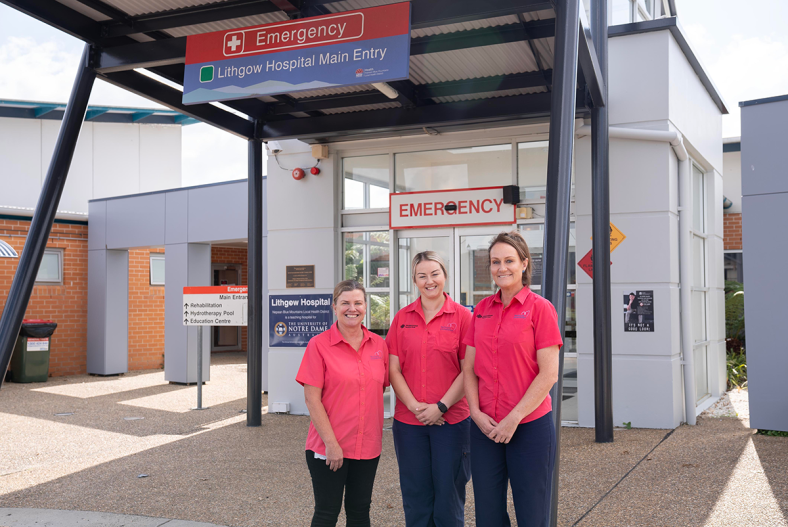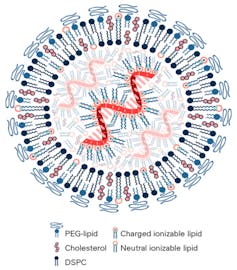History buffs interested in tracing the journeys of some of the Asia-Pacific’s greatest explorers will now be able to do so at the click of a button, thanks to a new digital map created by James Cook University researchers.
Using an Australian-developed time-layered online mapping tool which combines spreadsheet data and Google Earth, JCU History Lecturer Dr Claire Brennan and College of Arts, Society and Education Dean Professor Koen Stapelbroek have tracked all documented scientific voyages between the Cape of Good Hope and Cape Horn between 1768 and 1834.
Dr Brennan said the exhaustive open access archive comprised Russian, French, Dutch, Spanish and British voyages, including the notable grounding of HMB Endeavour on the Great Barrier Reef on June 10, 1770, which was commanded by the then Lieutenant James Cook.
Only months earlier, the crew of the Endeavour had sighted the east coast of Australia and made their first landing at Botany Bay.
“The maps themselves can be used in a variety of ways, sorted by place, time and nationality, and will link back to the journals produced by the voyages,” Dr Brennan said.
“The project produces a digital tool that creates a new way of interacting with these voyages, and with the records they produced.”
Dr Brennan said the map’s ability to collate the documented observations of various Pacific islands from early explorers had the potential to challenge previously held historical assumptions.
“Anthropologists are always interested in these voyages because this is first contact and while the Europeans at the time had some strange interpretations of what they’re seeing, often you can look through and undo the distortions knowing what we know now about the people who lived in these places,” she said.
Prof Stapelbroek said the broader project first came about following discussions with JCU coral taxonomists Dr Tom Bridge and Professor Andrew Baird, and JCU maritime archaeologist Dr Madeline McAllister.
The Coral Discovery Project makes use of historical sources and expertise to cast light on the origins of coral specimens within the world’s museums.
“In a museum you basically have dead coral, but the taxonomists don’t know where it was from,” Prof Stapelbroek said.
“However, they do know when it was picked up in the late 18th to early 19th century and the year it was first described, so they are looking for a journey prior to just before that year. Once we’ve located a record of that journey, coral taxonomists can then travel to that area, collect new coral samples, and then compare them to the existing old samples for any similarities.”
Prof Stapelbroek lauded the map, which has brought together JCU historians, coral taxonomists, data scientists, anthropologists and archaeologists.
“The best part of this project is you no longer just have scientists and historians staying in their respective lanes,” he said.
“We can get something that really fits with where we are and the mission of James Cook University. When you get all these people from different disciplines working together you get to do something that’s producing new knowledge.”
To view the digital map, head to www.expeditionstothepacific.org








